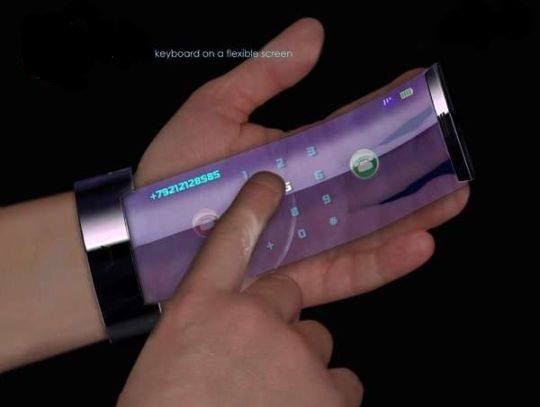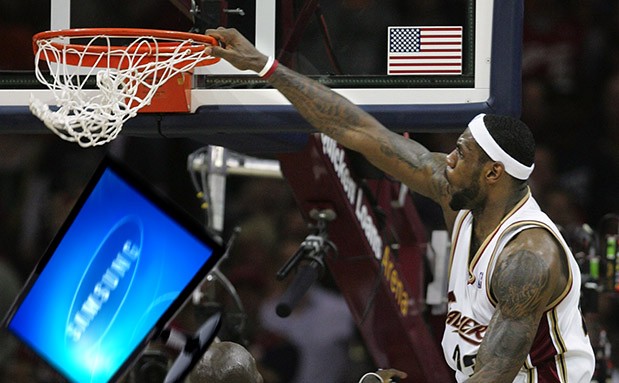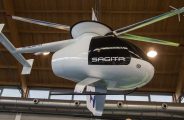NFL Experimenting With Magnetic FootBall For Better On Field Calls

Have you ever wondered how game officials know if the football has passed the goal line, in situations where it’s hidden under a pile-up of players? Well, sometimes they don’t know, and they just have to hope that it isn’t moved as the players get up. A team of researchers from North Carolina State University, Carnegie Mellon University and Disney Research, however, may have a solution. They’re developing a method of tracking a football via low-frequency magnetic fields.
The system involves equipping the football with a battery, magnetic transmitter, and loop antenna. Even with that extra gear on board, the ball still falls within the accepted weight range for use in National Football League games in the US.
A series of loop antennas placed around the field are subsequently able to pick up the ball’s transmitted signal. By analyzing the strength of the signal as it’s received by the various antennas, it’s possible to determine the football’s location in three-dimensional space.
In previous studies, researchers have tried to track footballs using high-frequency radio waves. The problem is, those waves can be deflected by the structure of the stadium, and absorbed by the players’ bodies.
Low-frequency magnetic fields don’t have those drawbacks, although they do present another challenge. When they come into contact with the ground, they can be absorbed by it and re-emitted. This can result in the re-emitted field interfering with the original one, leading to a lack of locational accuracy.
To get around that problem, the team uses an existing technique known as complex image theory. It allows the system’s software to compensate for the secondary fields being emitted from the ground.
The technology is still being refined, with the hope that it will ultimately be accurate down to half the length of a football. It could also be used to help viewers of televised football games to see the ball in low-visibility conditions, or in applications such as video games and the tracking of athletic performance.
A paper on the research was recently published in IEEE Antennas and Propagation Magazine.





















































